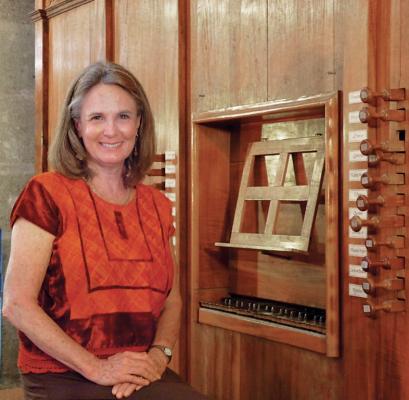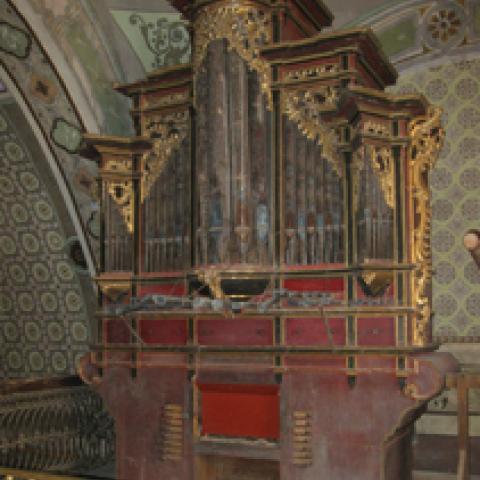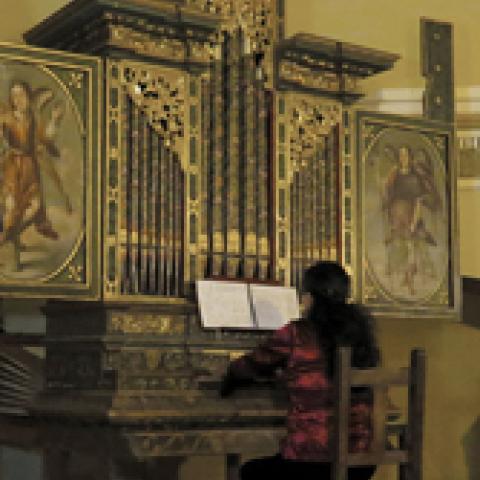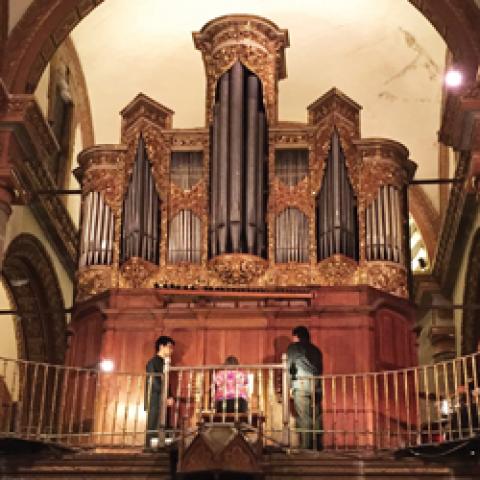
Cicely Winter is featured on a new recording of Oaxacan folk music, played on the Cathedral of Oaxaca organ, with accompaniment by percussionist Valentín Hernández.
The CD, produced by the Instituto de Órganos Históricos de Oaxaca, is available through the OHS for $12.98.
For information: http://iohio.org.mx/eng/recordings.htm.






